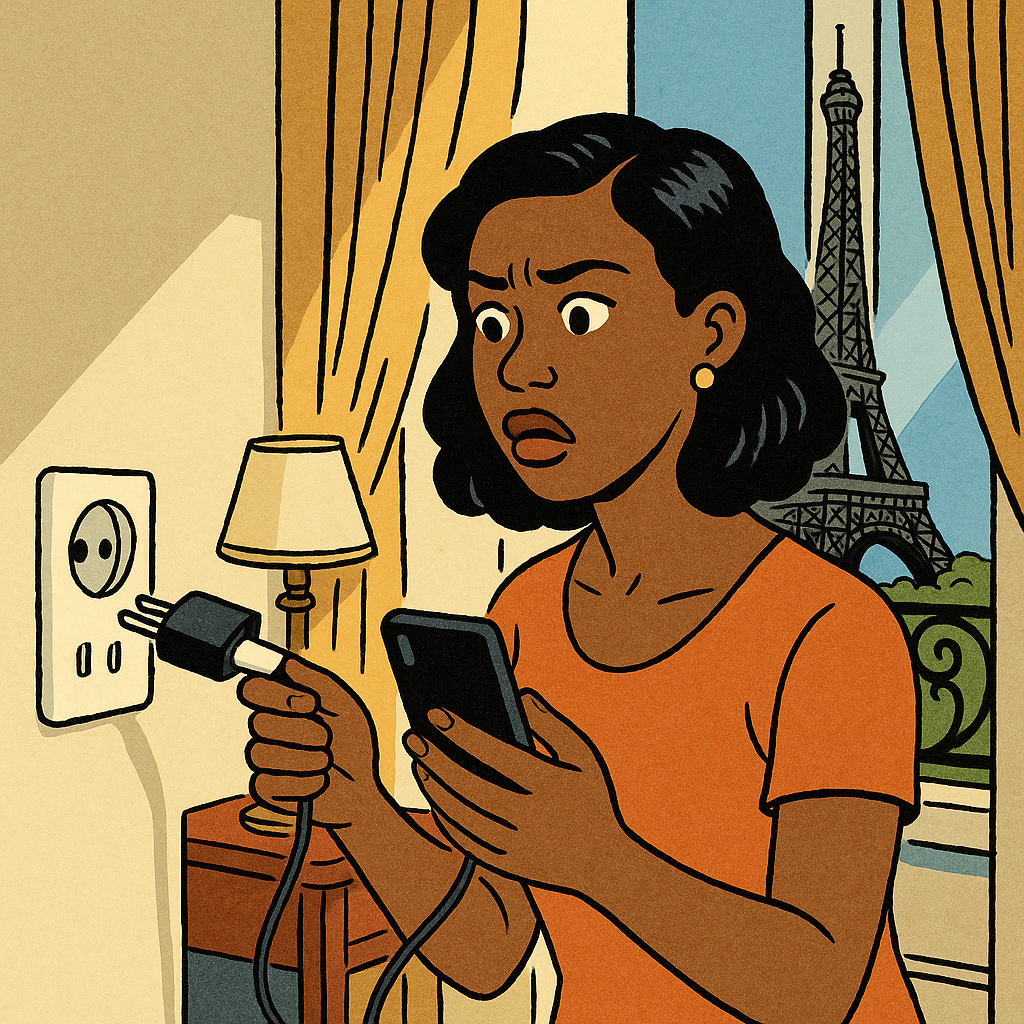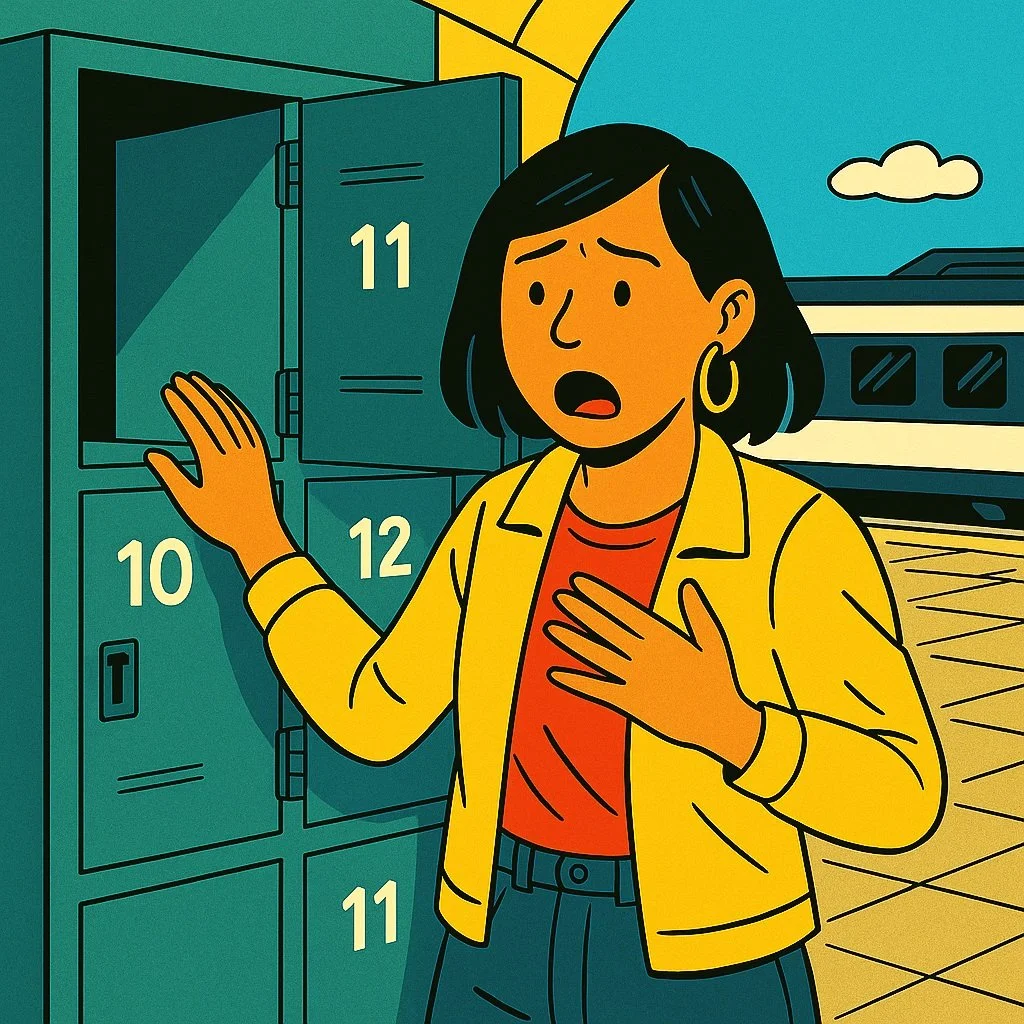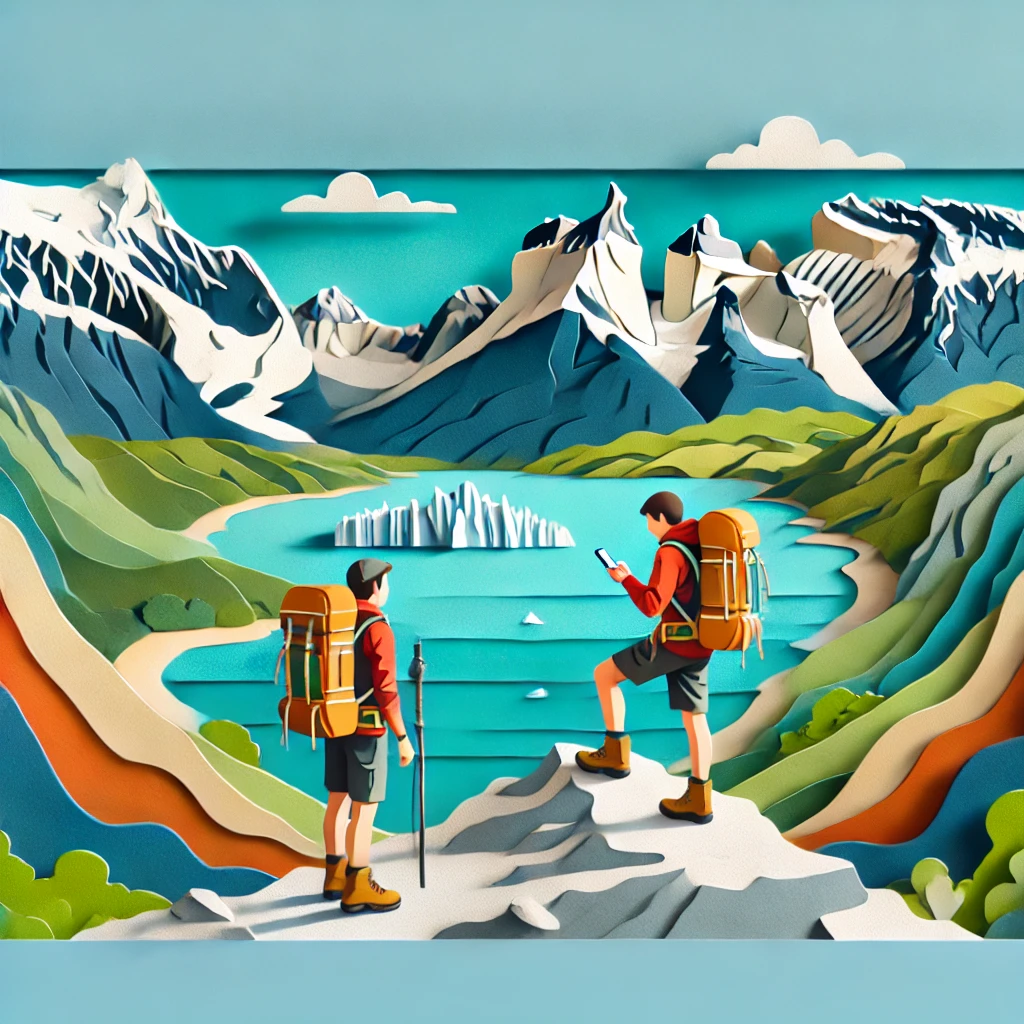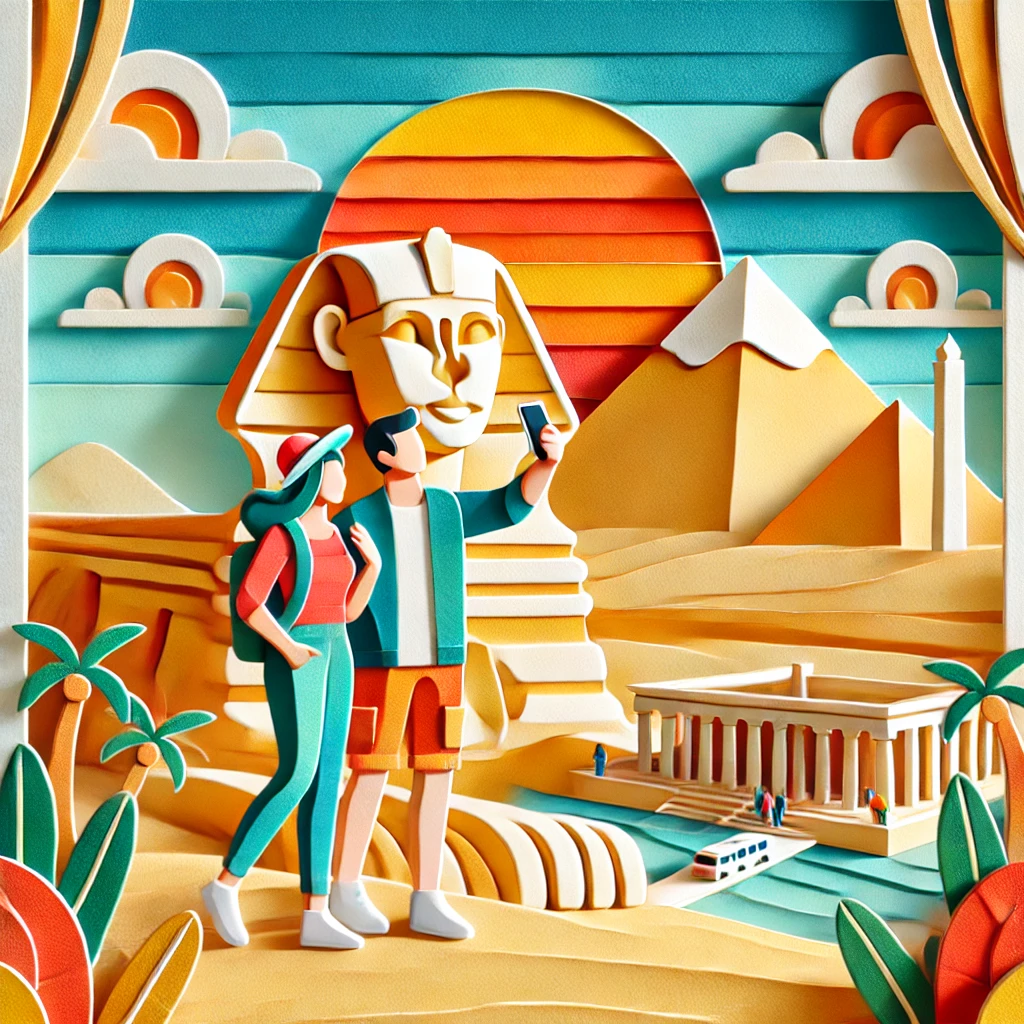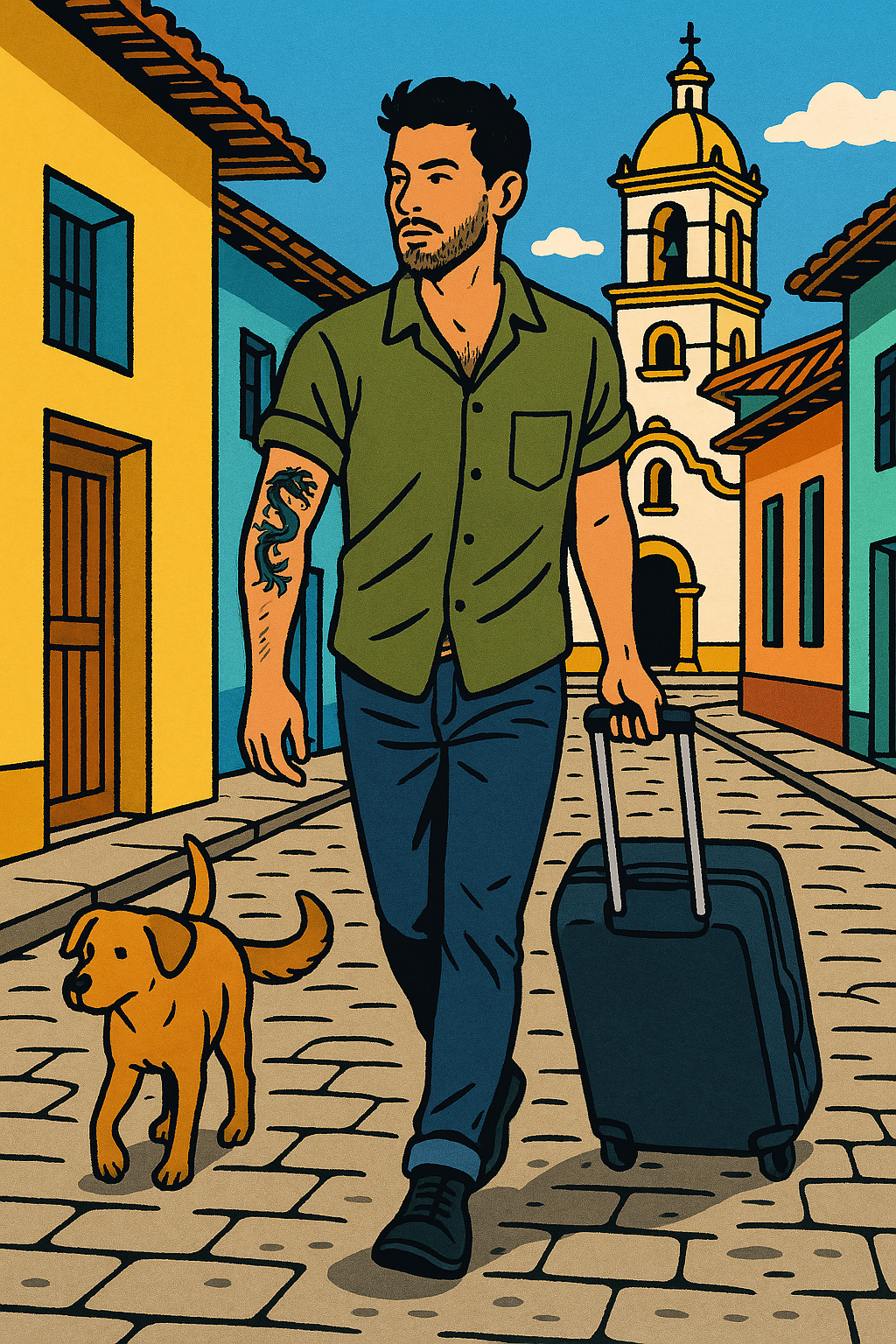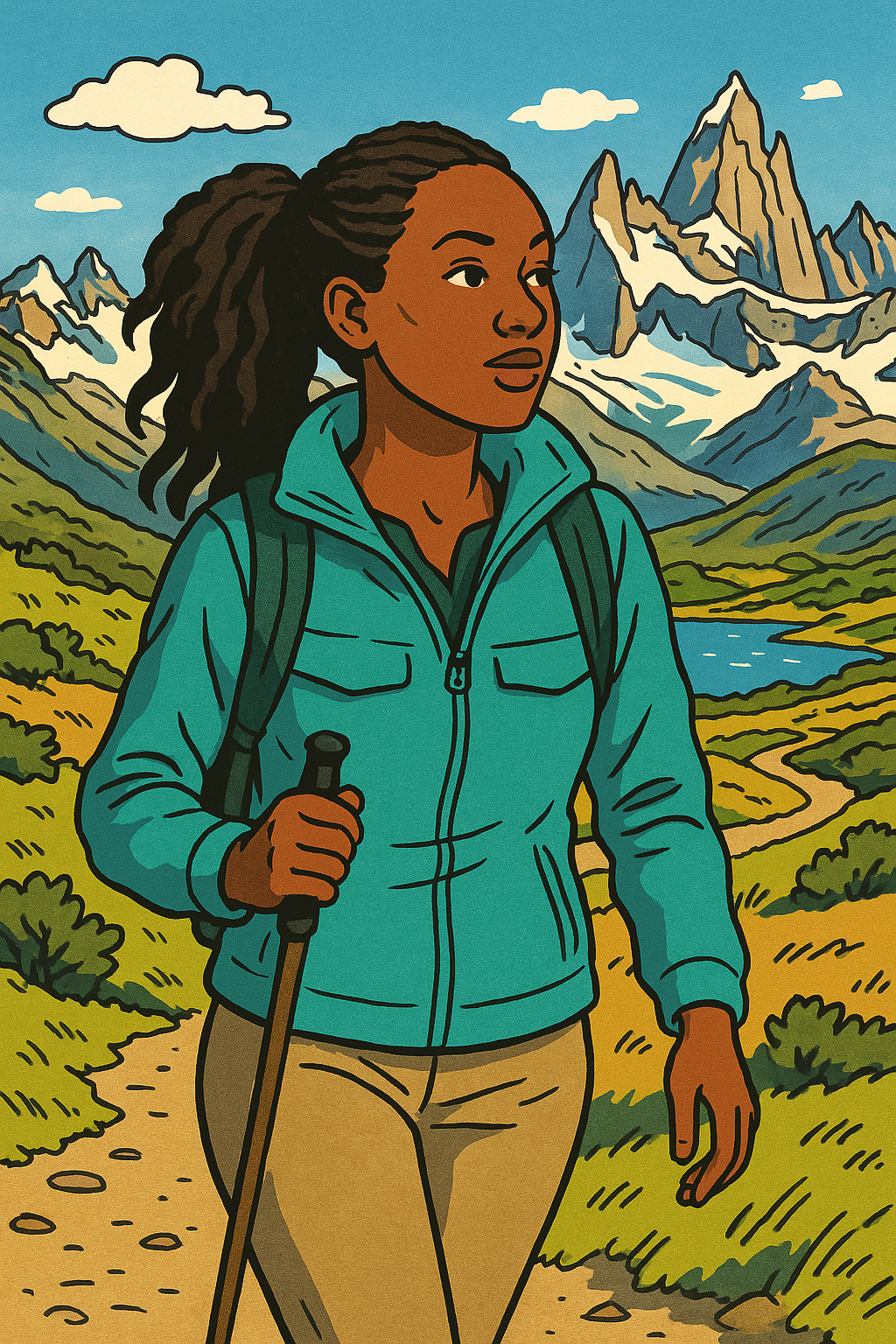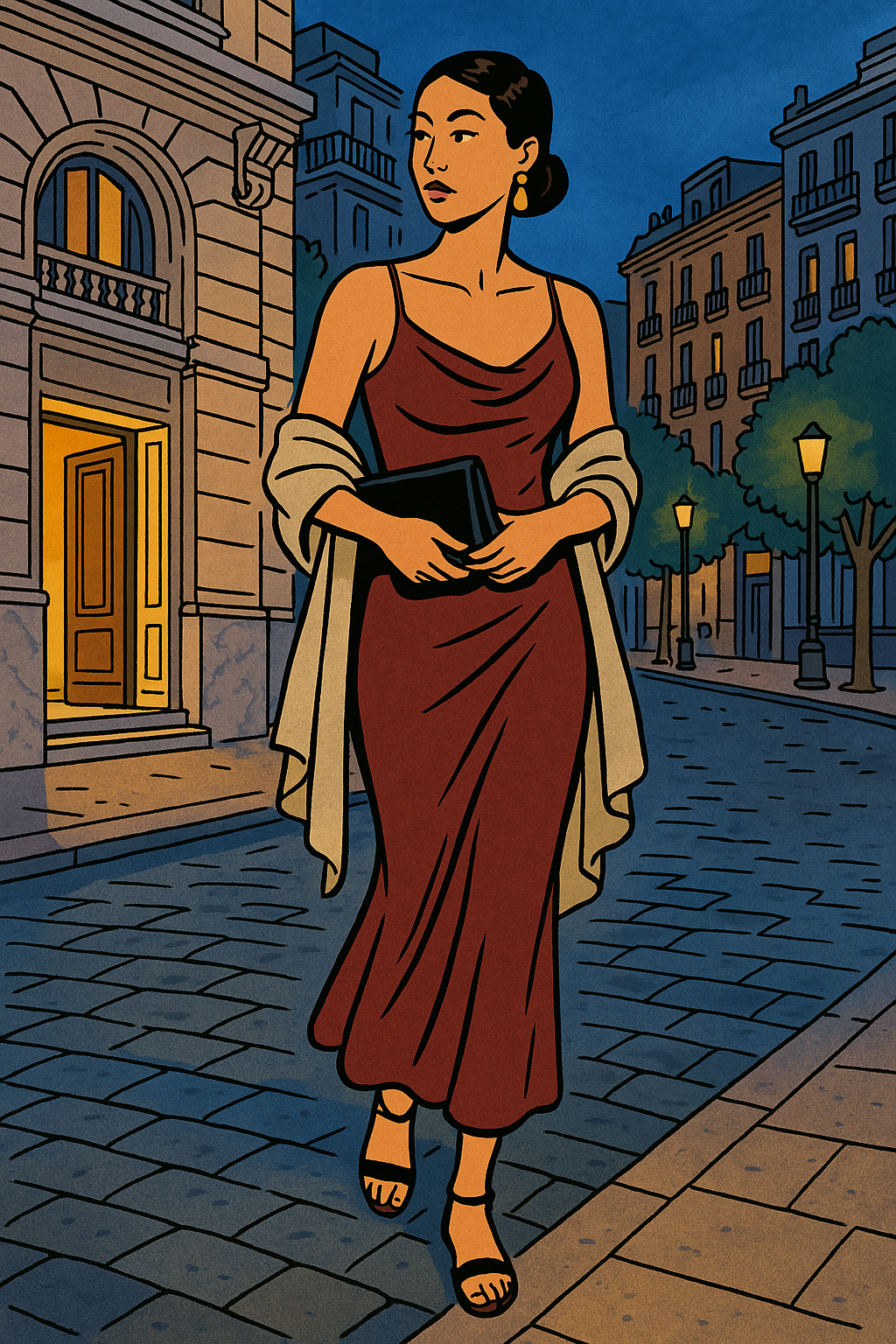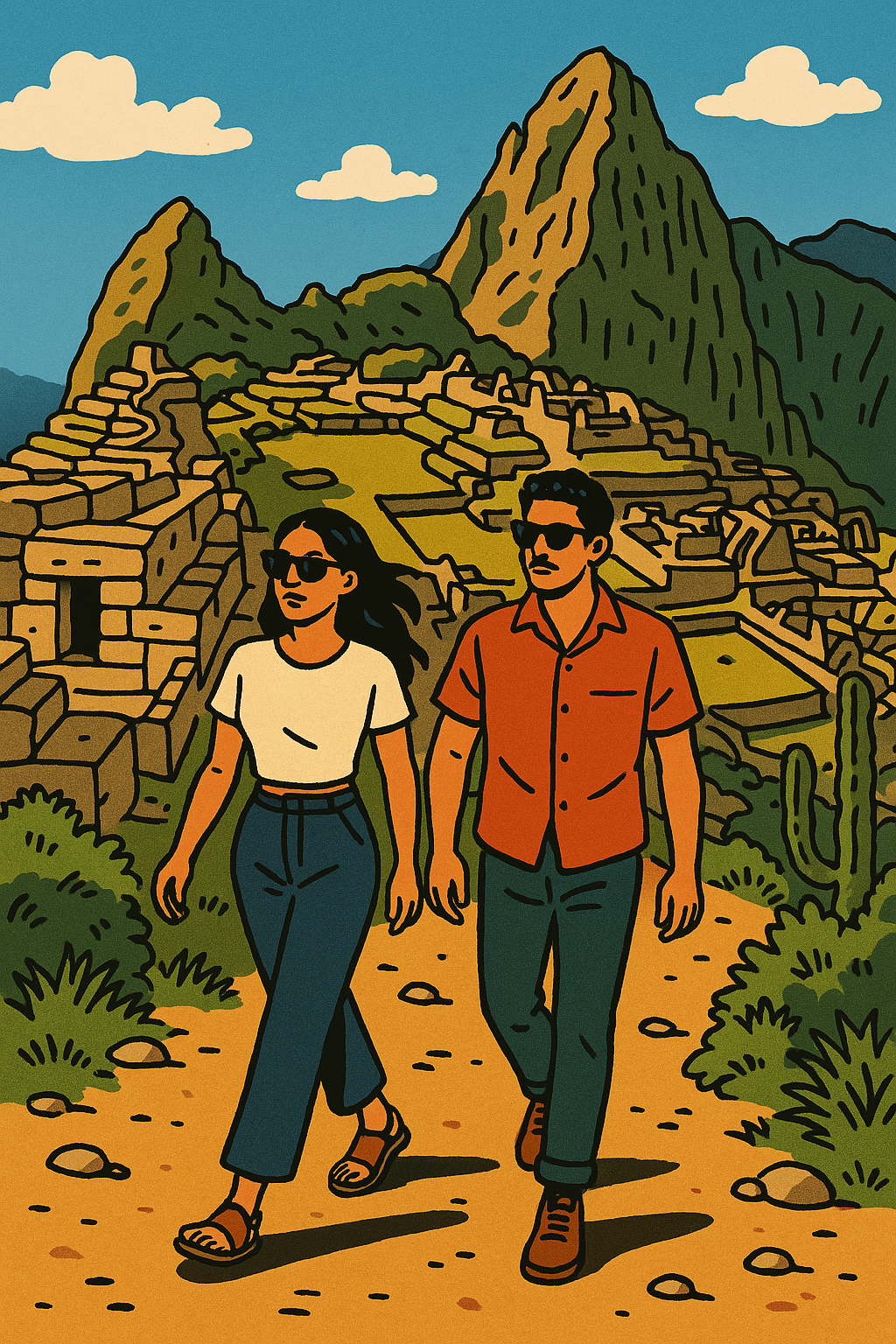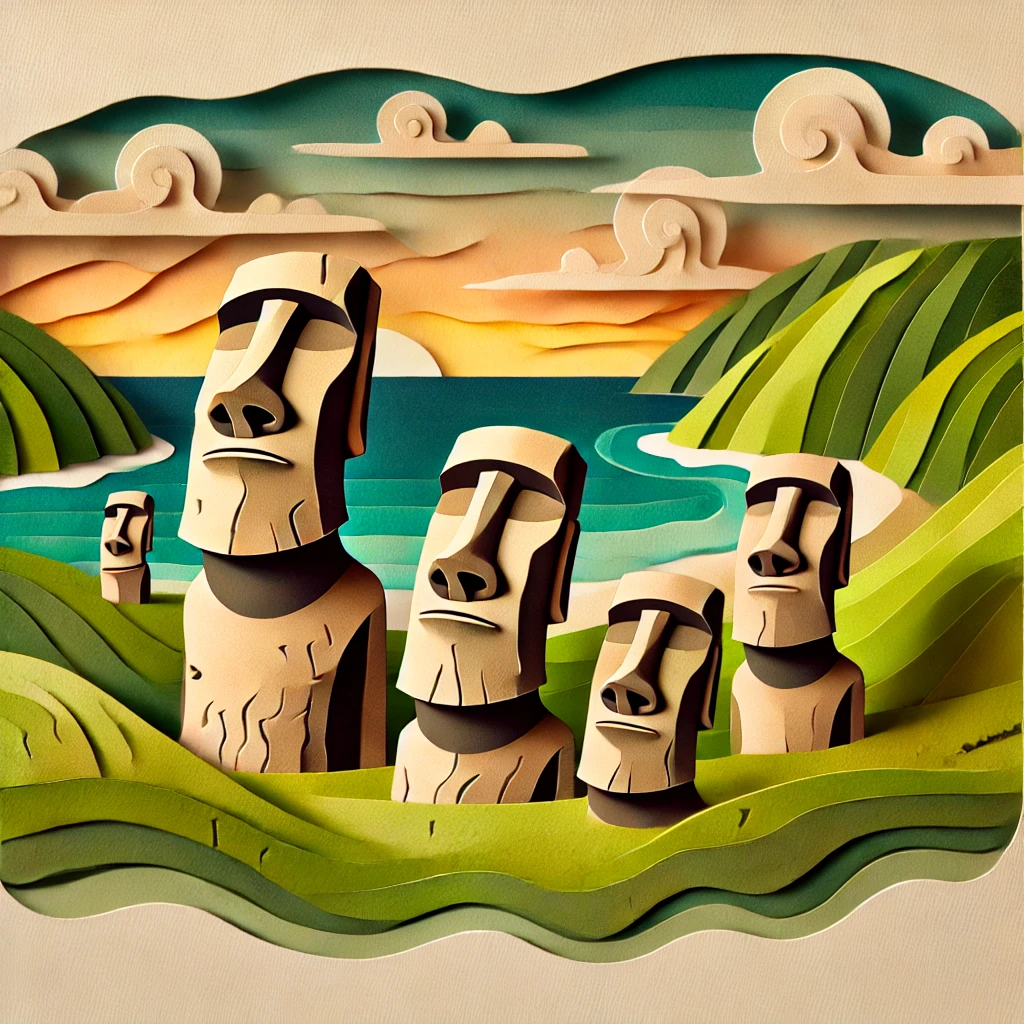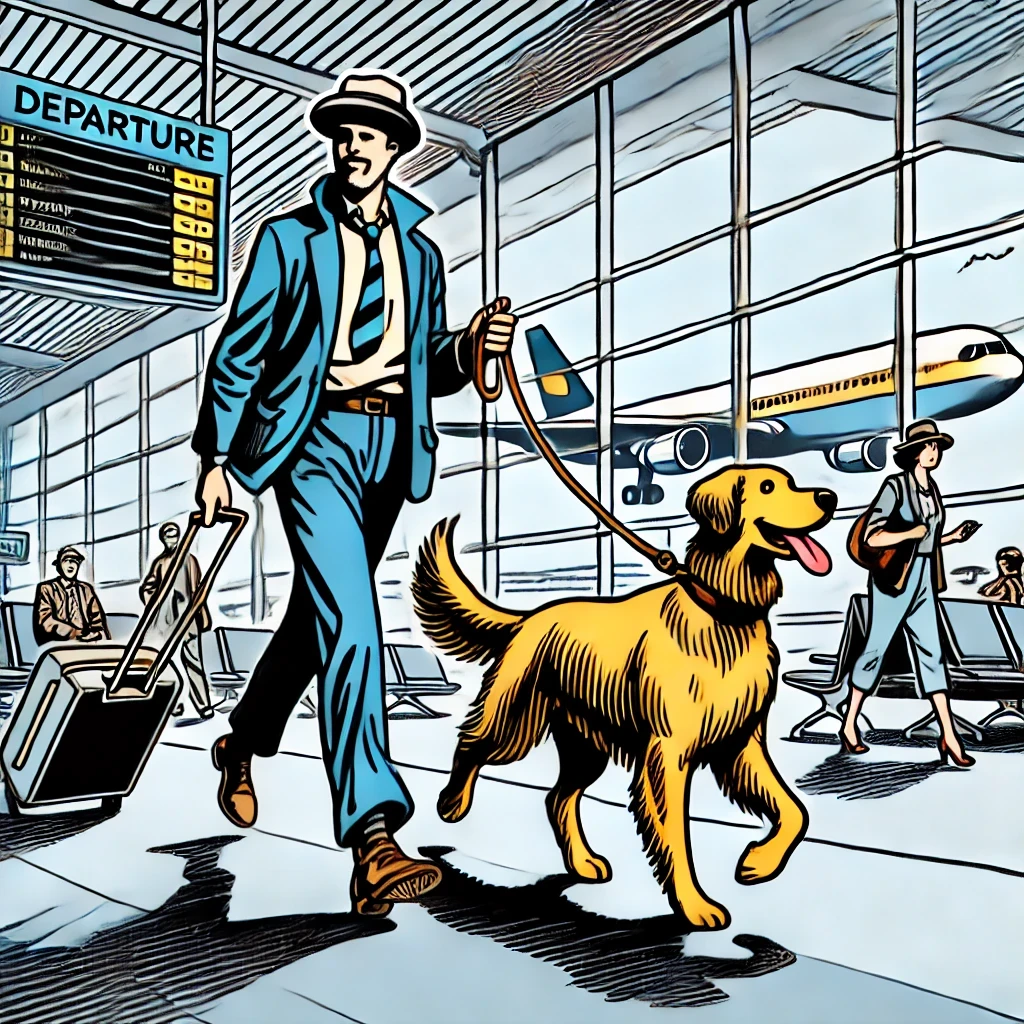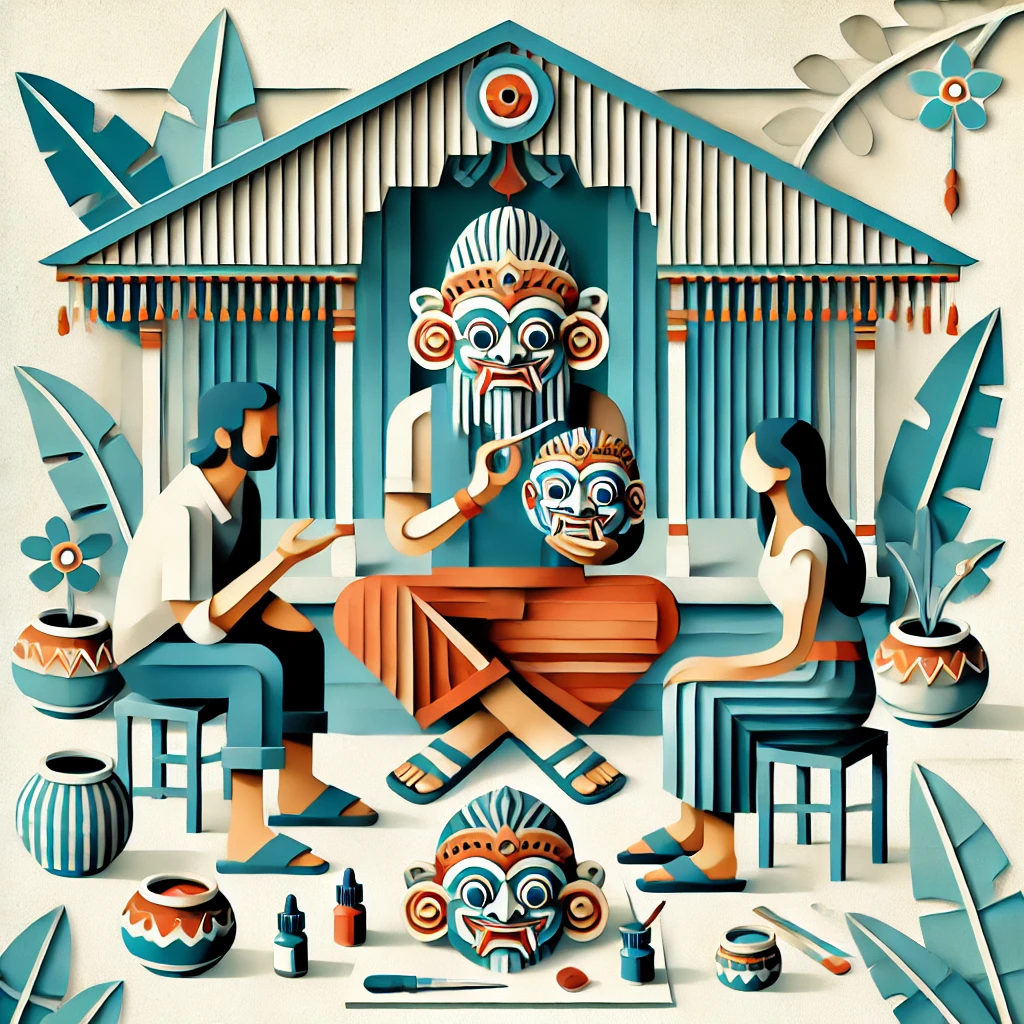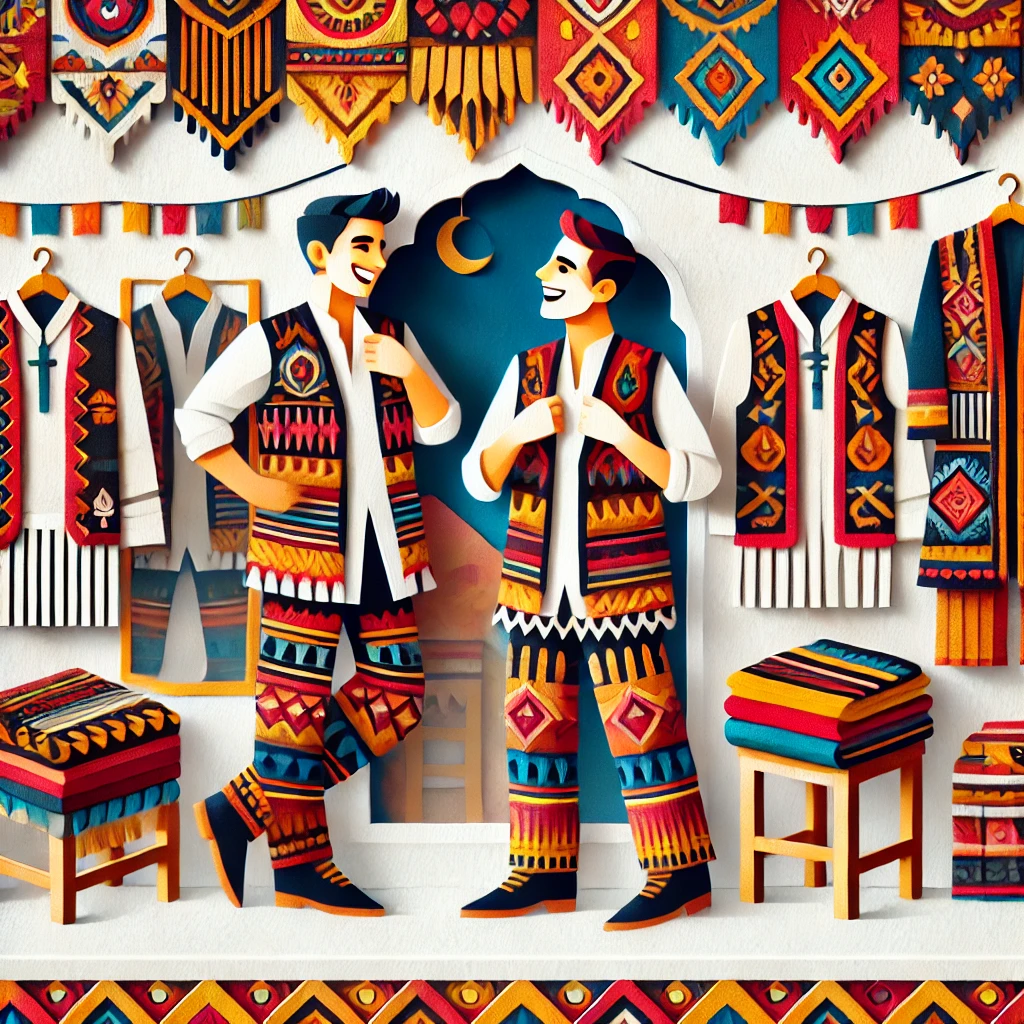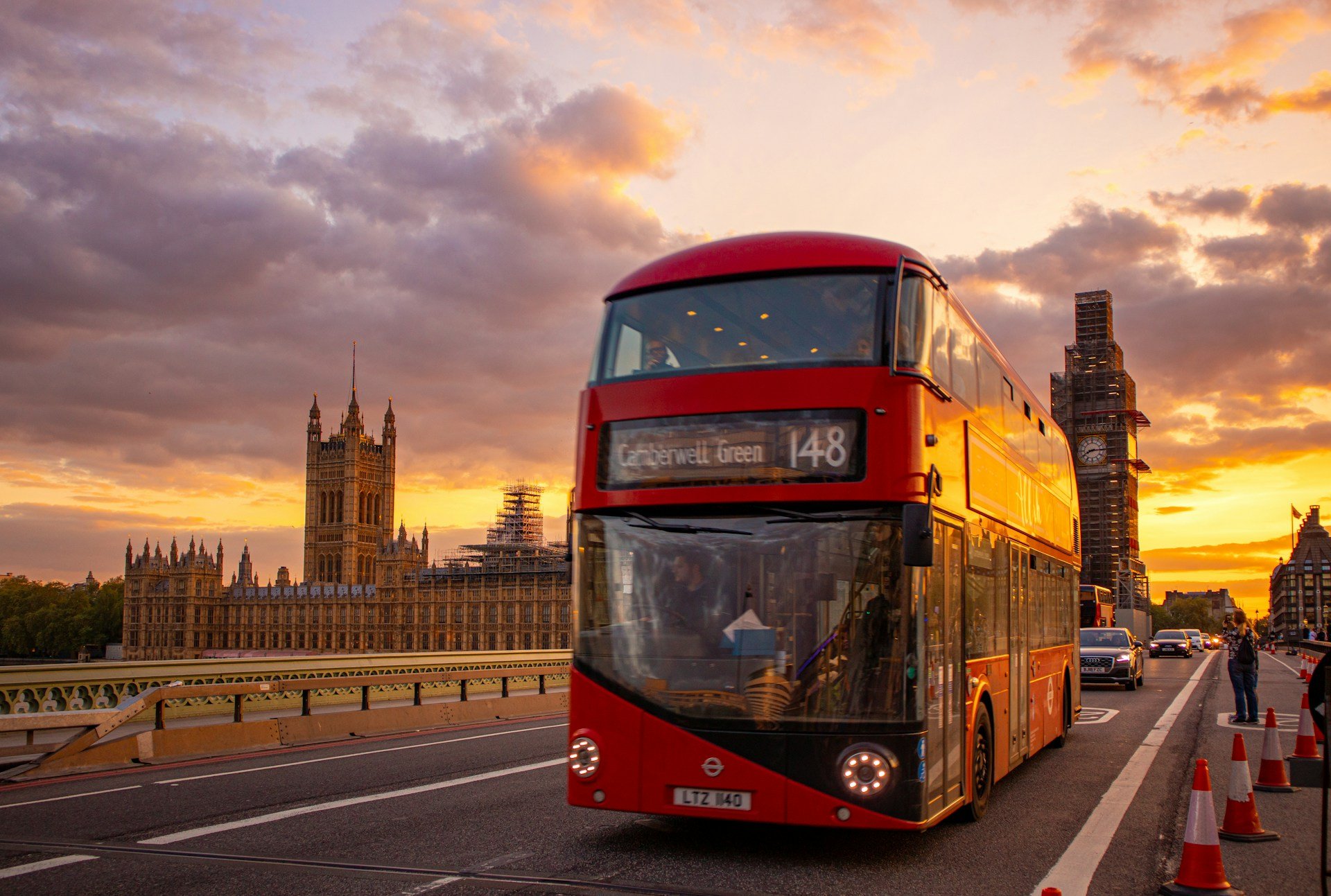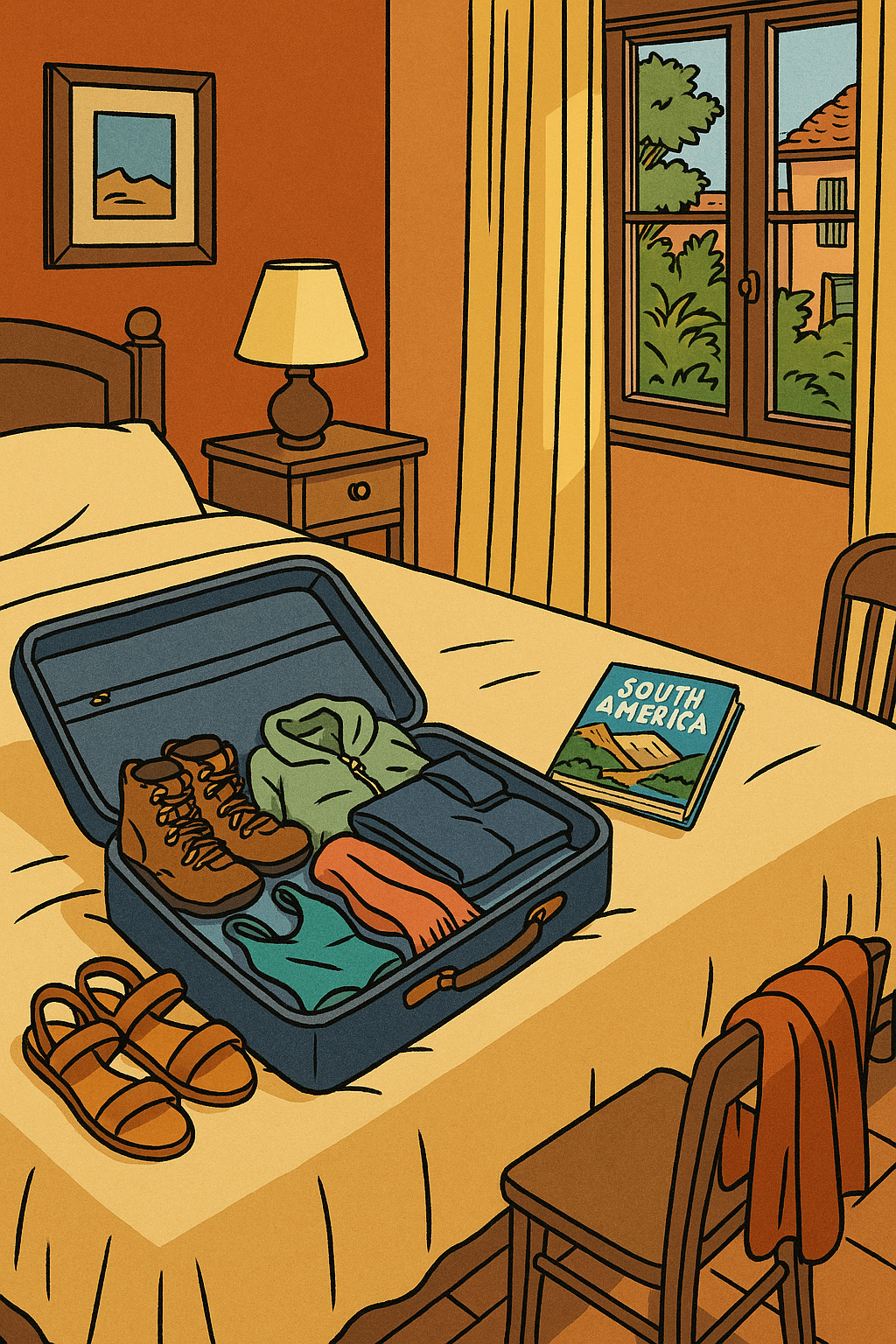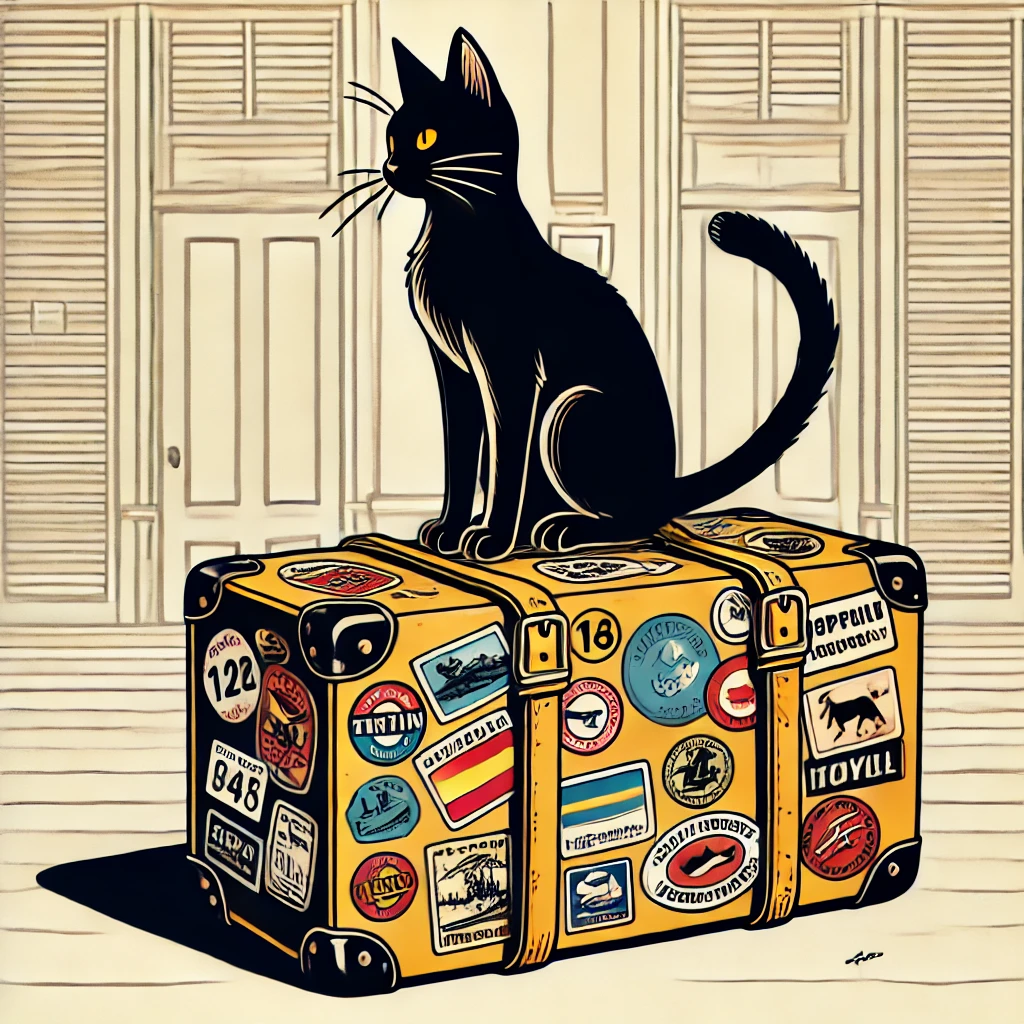From dying phones to aching feet, it’s always the little things that mess with your trip. Don’t let these easy-to-miss essentials sabotage your adventure.
You remembered your passport. Your tickets. Even that extra pair of underwear.
But no matter how seasoned you are, there’s always something that slips through the cracks — and it’s usually something small but mighty.
Travel has a funny way of revealing your blind spots. That “tiny detail” you skipped? It’s suddenly a major inconvenience when your phone dies, it rains, or your feet feel like they’ve walked across lava. These forgotten items aren’t bulky or expensive. That’s what makes it worse. They’re cheap, light and easy to toss in your bag — which only adds to the regret when they’re not there.
Before you zip up that suitcase, make sure these eight unsung heroes are along for the ride — whether you’re jetting off for a weekend getaway or a monthlong wander.
1. A reusable water bottle — because dehydration is not a vibe
The moment you step off a plane or train, your body starts whispering, “Water, please.” A reusable bottle is a game changer — easy to refill at the airport, in your hotel or at public fountains. You’ll save money, skip single-use plastic, and avoid that woozy, I-forgot-to-drink feeling. Bonus: Many hotels and hostels now offer filtered water stations for guests.
2. A universal adapter — so your devices don’t die in despair
Nothing says “rough start” like realizing your charger won’t plug in anywhere. A universal adapter keeps your phone, tablet and camera powered up across continents. No frantic airport shopping. No overpriced kiosk versions. Just sweet, sweet electricity right when you need it.
3. A global eSIM — to stay connected without the roaming horror show
Staying online shouldn’t cost more than your plane ticket. A global eSIM unlimited gives you reliable mobile data in over 200 countries — no SIM swapping, no sketchy wifi, no absurd roaming fees. Choose a plan that fits your needs, top up online, and monitor usage in real time. All you need is an unlocked phone. Travel smarter — your wallet will thank you.
RELATED: What Is an eSIM?
4. A mini first-aid kit — because stings and stumbles happen
Even dream trips come with the occasional scrape, headache or motion sickness surprise. A tiny pouch with bandages, painkillers, antihistamines and wipes is your best friend when a pharmacy is nowhere in sight. It doesn’t take up much room — but it can save you a whole lot of discomfort.
5. Real walking shoes — not just your cute ones
Sure, you packed your trendiest shoes. But are they ready for 20,000 steps through cobblestones, markets and museums? Uncomfy shoes are a surefire way to sabotage your sightseeing. Don’t let style overrule sanity. Trust me: Blisters are not a good travel souvenir.
6. A reusable shopping bag — lightweight, foldable, invaluable
Great for groceries, souvenirs, beach towels, dirty laundry — or that spontaneous wine-and-cheese picnic you didn’t know you were planning. Many cities now charge for plastic bags, so having your own fold-up tote saves money, and the planet, in one fell swoop.
7. A small padlock — for peace of mind in strange places
Whether you’re bunking in a hostel or just want extra security while in transit, a tiny padlock can be surprisingly handy. Use it to secure your backpack zippers, locker doors or gym lockers if you’re squeezing in a workout. It’s not a high-drama item, but it’s a high-payoff one. You’ll thank yourself when you’re not stuck asking the front desk for spare change and a sense of safety.
8. A portable power bank — because your phone will die at the worst time
Whether you’re navigating unfamiliar streets, snapping the perfect photo or just trying to call your Airbnb host who insists the door code “definitely works” — your devices need juice. And public outlets are few and far between when you’re out exploring. A lightweight power bank lets you stay charged and connected without the panicked hunt for a plug. Because a dead phone isn’t just inconvenient — it’s sort of the end of the world.
Don’t Ruin Your Trip
These eight easy-to-forget items may not be flashy, but leave them out of your bag and you’ll notice immediately. Best part? They’re all lightweight, affordable and wildly useful. So before you zip that suitcase closed, double-check for the little things — and maybe tuck in a global eSIM while you’re at it. Instant access to data in 200+ countries means no roaming panic, no airport SIM line, and no missed messages from your tour guide, your travel buddy or your mom.
Pack smart — and you won’t just travel better. You’ll regret less. –Shraddha Bhojwani



